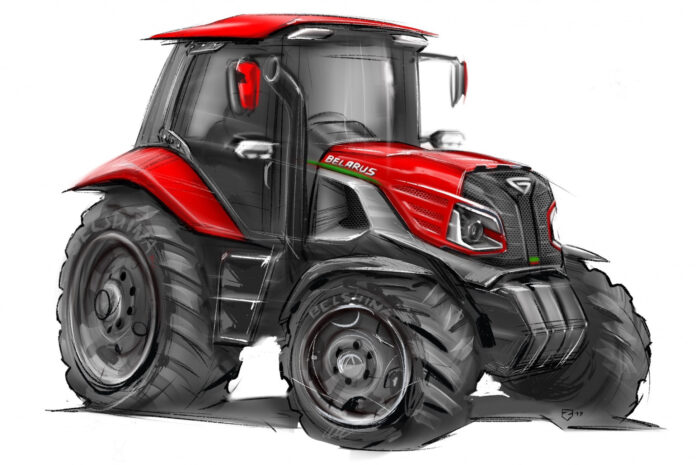In an attempt to revitalize Pakistan’s agricultural machinery industry, the government is exploring the establishment of a local assembly line for Belarusian tractors. Special Assistant to the Prime Minister on Industries and Production, Haroon Akhtar Khan, chaired a high-level meeting with representatives from private sector investors and major local manufacturers, such as Margalla Heavy Industries Ltd., Heavy Industries Taxila, and Green Corporate Initiatives, to discuss the details of this ambitious plan. The tractors will be imported as Completely Knocked Down (CKD) kits, which will be assembled locally in Pakistan, with a focus on tractors in the 57–80 horsepower range.
This initiative comes at a crucial moment in Pakistan’s agricultural sector, which has been reeling from multiple challenges, including poor farm mechanization, weak agricultural growth, and the aftermath of devastating floods that have ravaged vast swathes of farmland. The country’s agriculture has long suffered from low mechanization, with only a small fraction of Pakistan’s farms utilizing modern farming equipment like tractors. The government is hoping this partnership with Belarus will help alleviate some of these issues while giving a much-needed boost to an underperforming sector.
The local assembly of Belarusian tractors is expected to meet a market demand for affordable, reliable machinery that can help increase productivity on farms. The initiative also offers a chance to boost foreign investment, create jobs, and address Pakistan’s dire need for farm mechanization. However, the question remains: can Belarusian tractors truly make a significant dent in an already competitive market that has been dominated by local players for decades? Let’s explore what this means for Pakistan’s agricultural machinery market, its existing players, and the broader agricultural landscape. The content in this publication is expensive to produce. But unlike other journalistic outfits, business publications have to cover the very organizations that directly give them advertisements. Hence, this large source of revenue, which is the lifeblood of other media houses, is severely compromised on account of Profit’s no-compromise policy when it comes to our reporting. No wonder, Profit has lost multiple ad deals, worth tens of millions of rupees, due to stories that held big businesses to account. Hence, for our work to continue unfettered, it must be supported by discerning readers who know the value of quality business journalism, not just for the economy but for the society as a whole.To read the full article, subscribe and support independent business journalism in Pakistan









